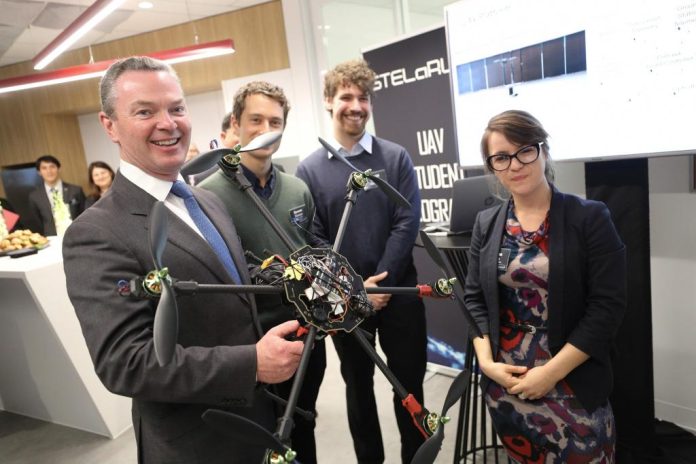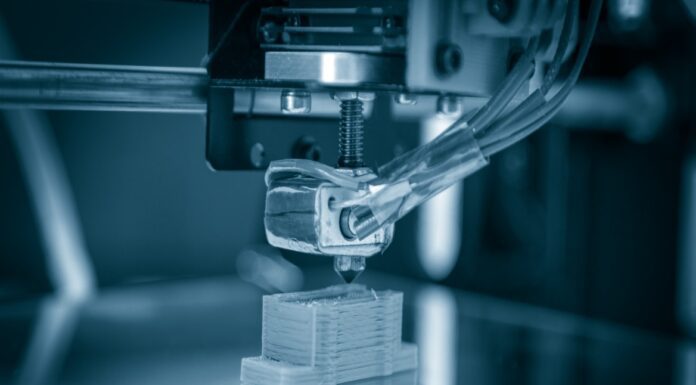
Lockheed Martin Australia is celebrating the first anniversary of operations of its Science, Technology, Engineering Leadership, Research Laboratory (STELaRLab), located in the heart of Melbourne’s emerging technology district between University of Melbourne and RMIT.
The $13 million lab is the first leading edge multi-disciplinary facility to be established by Lockheed Martin outside of the US.
It has been tasked with the objective to solve technology challenges in the fields of hypersonics, autonomy, robotics and command, control, communications, computing, intelligence, surveillance and reconnaissance.
Defence Industry Minister Christopher Pyne congratulated Lockheed Martin on the anniversary, saying STELaRLab will be the company’s national R&D operations centre in Australia.
“Lockheed Martin selected Australia because of our significant capabilities in research and development,” Minister Pyne said.
“Choosing a Defence scientist to head the STELaRLab is also a credit to Australia’s international scientific leadership. The fact that Lockheed Martin chose one of our Defence scientists from DST Group, Dr Tony Lindsay, to head the STELaRLab is a credit to Australia’s international scientific leadership.
Mr Pyne sad Defence had a long-standing relationship with Lockheed Martin during which the company demonstrated a high level of commitment to work on building new capability.
“STELaRLab has been exploring autonomy, robotics, and command, control, communications, computing, intelligence, surveillance and reconnaissance (C4ISR), and is also partnering with universities to support PhD projects under the Australian Post Graduate award program,” the Minister stated.
He said the STELaRLab was a ‘valued addition’ to Australia’s R&D capability, adding that Defence would relish opportunities for joint research with the laboratory.
“I wish the laboratory success in its research endeavours for Defence and look forward to its future contributions to the Defence Innovation System,” Mr Pyne concluded.



















